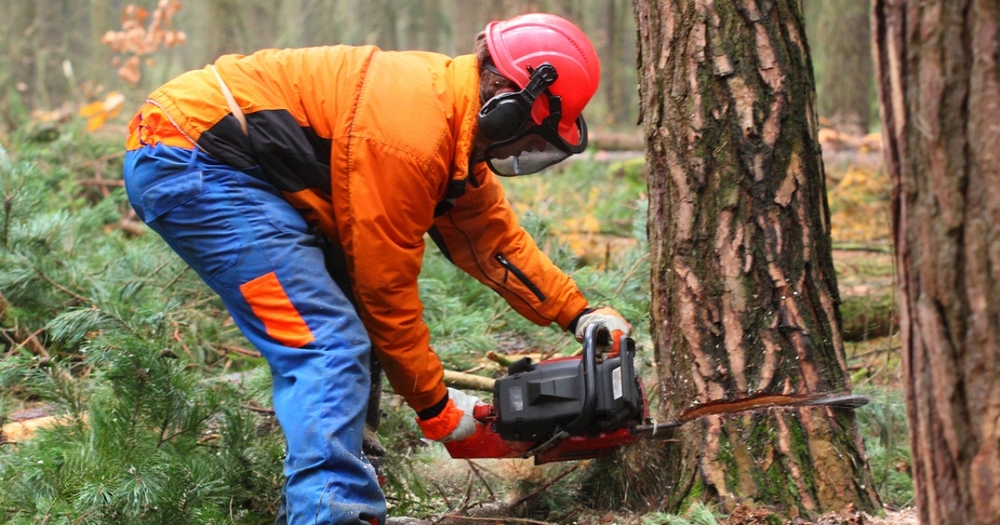
At the heart of modern forestry lies a suite of sophisticated tools and equipment, each designed to carry out a specific task with precision, efficiency, and a keen eye for safety. These range from the humble chainsaw to high-tech harvesters that can fell, delimb, and cut a tree into measured logs, all within minutes.
Whether you're a seasoned professional or an aspiring forester, this guide offers a deep dive into the tools of the trade for modern forestry. We'll break down each tool's role in the various stages of forestry operations, from the initial felling of trees to the final transportation of logs.
Felling is the first critical step in forestry, where trees are cut down for processing. It demands accuracy, speed, and strict adherence to safety guidelines.
Chainsaws are the most recognizable tools in forestry, widely used due to their versatility and efficiency. They consist of a motor (which can be gasoline-powered or electric) and a looped chain with sharp teeth.
Despite their simplicity, they can cut through thick tree trunks rapidly. Operators must wear protective clothing, including gloves and safety glasses, and be well-trained to safely handle this potent tool.
Feller bunchers are powerful machines that can cut and gather several trees before laying them down neatly for collection. The efficiency of these machines not only increases productivity but also minimizes the impact on the environment. Safety measures include regular maintenance checks and the use of protective gear.
Felling heads are specialized attachments used with heavy machinery to cut and hold trees during the felling process. They provide better control, safety, and efficiency, making them an integral part of modern forestry operations. Operators must ensure the felling head is attached correctly and all safety guidelines are followed during operation.
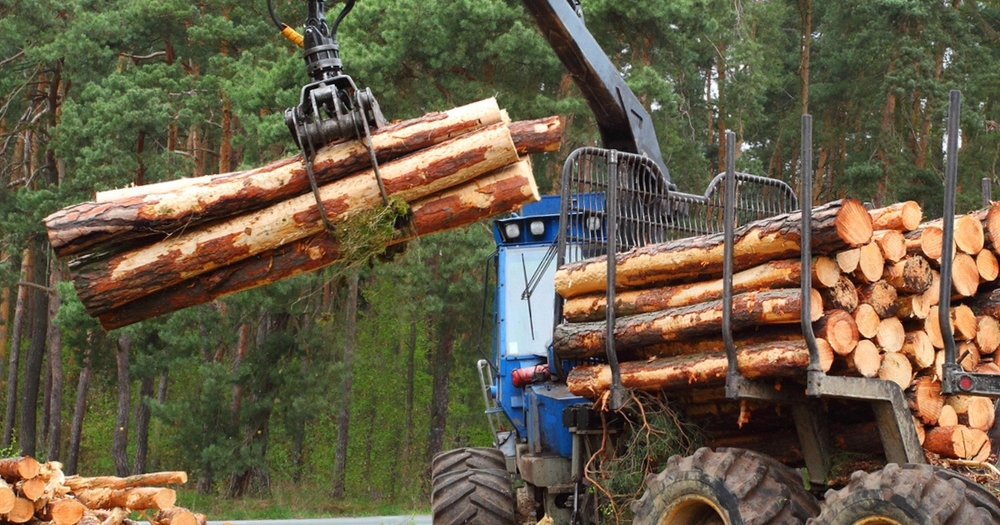
Harvesters combine the functionality of several tools, capable of felling, delimbing, and cutting trees into specified lengths. They are often computerized for precision cutting, leading to higher productivity and less waste. Regular inspections and appropriate safety gear are crucial due to the complexity of these machines.
Tethered logging systems involve the use of cables attached to logging machines, allowing them to navigate steep terrains that would otherwise be inaccessible. These systems can be used for felling and extraction, improving efficiency and safety in challenging environments. Operators must ensure cables are adequately secured and regularly inspected for wear and tear.
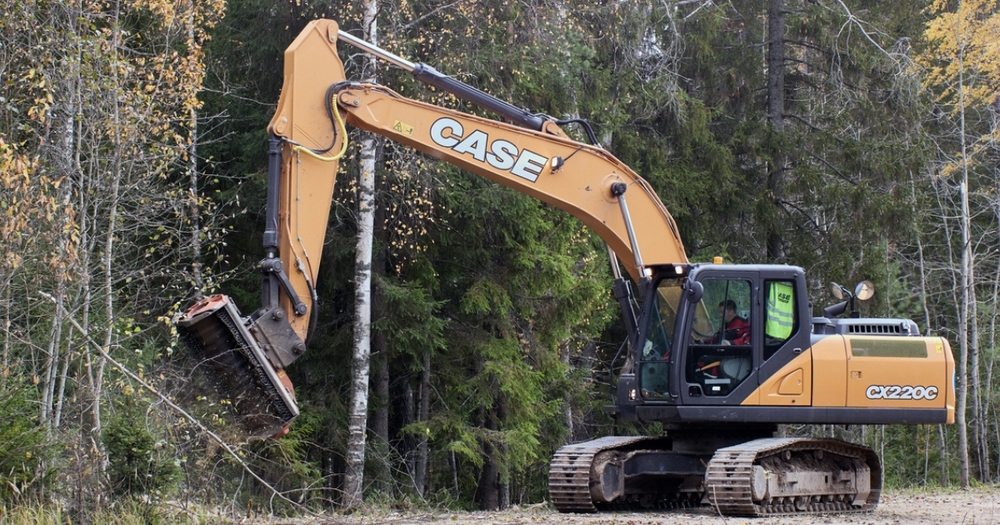
Mulchers, masticators, or brush cutters are used to clear undergrowth, shrubs, and small trees. They grind up vegetation into small pieces, aiding in preventing wildfires by reducing available fuel. Due to the risk of flying debris, operators must wear full protective gear, including face shields.
The chassis forms the base structure of forestry machines, providing the necessary support and stability to withstand the harsh operating conditions typical in forestry. The choice of chassis configuration influences a machine's maneuverability, stability, and overall performance.
Various types of chassis configurations are suited to different forestry tasks and terrains.
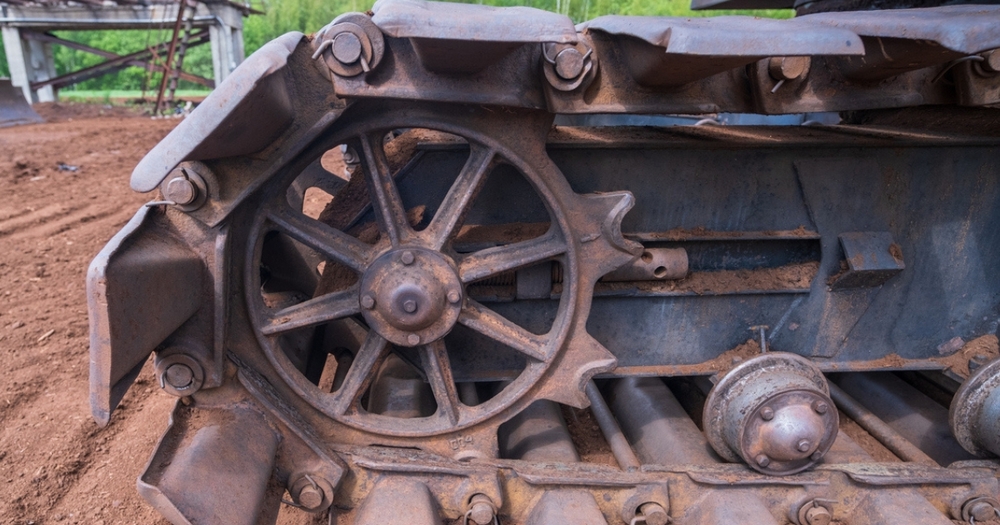
Once trees are felled and gathered, forestry workers can begin processing trees. This stage involves removing branches (delimbing), reducing trees to specific lengths (bucking), and converting logs into chips or other valuable materials.
Attached to a base machine, a stroke boom delimber uses a gripping device and a long arm with a sharp blade to strip a tree of its branches. As the boom moves back and forth (or "strokes"), it cuts off branches, leaving behind a clean log ready for further processing. Operators need to ensure the delimber is secure and in good working condition before use, given its high-power, high-speed operation.
Delimbers come in various forms, but their primary function remains the same: to remove branches from the felled trees. There are gate delimbers (which require the operator to manually pull the tree through a 'gate' of knives to strip off branches), pull-through delimbers, and flail delimbers (used in the pulpwood industry not only to delimb but also remove bark).
Each type of delimber has unique safety requirements, but common precautions include maintaining a safe distance from the operating heavy forestry equipment and regularly inspecting equipment for any signs of wear or damage.
Chippers play a crucial role in converting logs into chips, which can be used for various forestry applications, including pulp production, biomass fuel, and landscaping. These machines use high-speed rotating blades or hammers to break down wood material.
Given their potential for producing flying debris, operators must wear protective clothing and eyewear. It's also crucial to perform regular maintenance checks to ensure the chipper operates correctly.
Extraction is the process of transporting felled and processed trees from the forest to a landing area for further transportation. This critical phase requires tools capable of maneuvering through often rugged terrains with heavy loads.
Skidders are robust, powerful machines that drag cut trees (logs) out of the forest. Equipped with a cable and winch system, skidders can pull several logs simultaneously over various terrains. Some skidders also employ a grapple system to lift logs slightly off the ground, reducing friction and potential environmental impact.
Due to their heavy-duty operation, it's crucial that operators conduct regular maintenance checks and follow safety protocols, including wearing appropriate safety gear.
Unlike skidders, forwarders are designed to carry logs clear off the ground, reducing soil disturbance and making them an excellent choice for sustainable logging operations. They pick up the cut logs and load them onto a bunk or carrying area at the rear of the machine.
Safety precautions for forwarders are similar to skidders and include regular equipment checks and the use of protective gear.
Cable extraction systems, also known as cable yarding, use a network of cables and pulleys to transport logs from the forest to the landing area. Cable systems can minimize soil erosion and environmental damage, particularly useful in steep or sensitive terrains where ground-based machines can't operate effectively. Operators must ensure cables are correctly secured and inspected frequently for signs of wear and tear.
Helicopters provide an alternative method for log extraction, particularly in very steep or remote areas where ground-based machinery cannot operate. While costly, helicopter extraction minimizes environmental impact, as it completely eliminates the need for ground contact during log transport.
Safety measures include maintaining clear communication with the helicopter crew, securing loads properly, and keeping a safe distance during loading and unloading operations.
Once the logs are extracted from the forest and brought to the landing or collection area, the next phase is loading. In this stage, logs are loaded onto trucks or other transportation systems for delivery to sawmills, pulp mills, or other processing facilities. The critical tool in this stage is the log loader.
Log loaders are highly specialized machines designed to handle the heavy task of loading logs onto transport vehicles. They are equipped with powerful hydraulic systems and grapple attachments capable of gripping and lifting several logs simultaneously. Modern loaders are often outfitted with advanced control systems for precision handling, ensuring logs are loaded efficiently and safely.
These machines come in various forms, including stationary loaders mounted at the landing area and self-propelled loaders that can move around as needed. Some are equipped with tracks for better stability and maneuverability on rough terrain.
The safety of the log loader operation is crucial. Operators need to be well-trained to handle these machines, given their size and the weight of their loads. Regular equipment checks are essential to ensure all parts, particularly the hydraulic systems and grapples, are in good working condition. Additionally, safety protocols should be in place to keep other workers at a safe distance during loading operations.
Transportation is the final step in the chain of logging operations. The logs are transported from the landing area to a lumber processing facility in this phase.
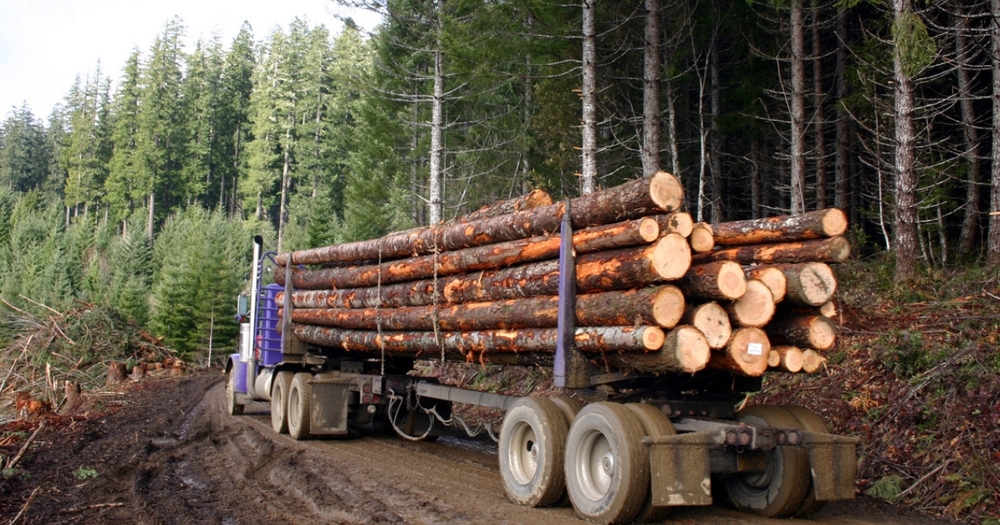
Log transport typically involves the use of logging trucks, which are specially designed to carry heavy and often long loads of timber. The trailers of these trucks can be configured in several ways depending on the length of the logs, the road conditions, and local regulations.
Logging trucks often need to navigate challenging terrains and weather conditions, prioritizing safety. The logs must be securely loaded and fastened to prevent shifting during transport. Operators must also be vigilant about vehicle maintenance and abide by all road safety and weight limit regulations.
Chip transport is necessary when logs are chipped directly in the forest, typically in operations focused on producing wood chips for industries like pulp and paper or biomass energy. The chips are often transported in walking floor trailers, which can carry large volumes of chips and allow for easy unloading.
As with log transport, safety is top of mind. Loads must be securely covered to prevent transport loss and reduce the risk of chips flying out on the road. Regular vehicle maintenance and adherence to road safety regulations are also essential.
Forestry is a complex industry, combining human ingenuity, powerful machinery, and nature's bounty. It's an ever-evolving discipline, continually seeking new ways to work more efficiently, sustainably, and safely. Every piece of forestry equipment, from felling to transportation, forms the backbone of the forestry industry.